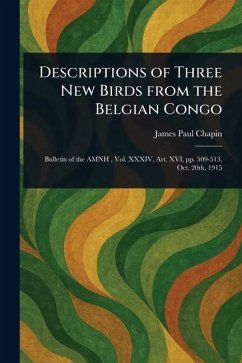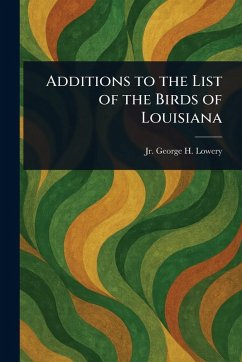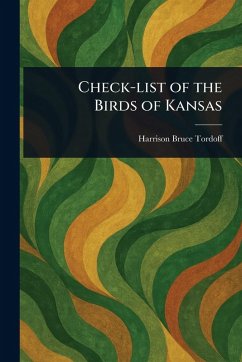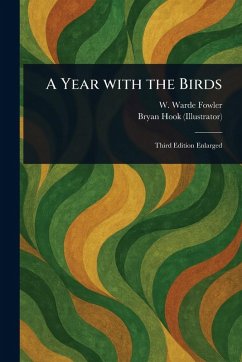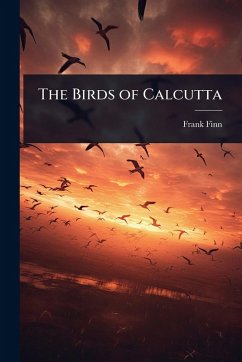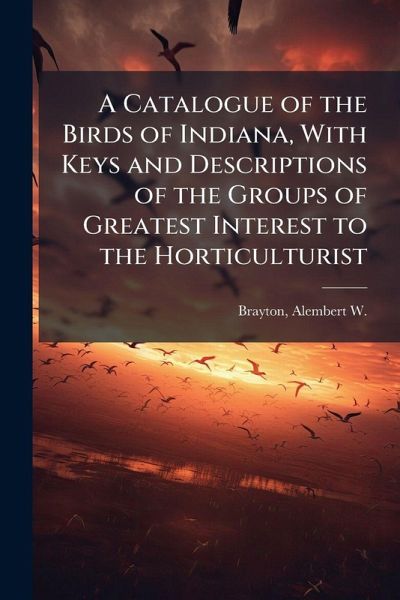
A Catalogue of the Birds of Indiana, With Keys and Descriptions of the Groups of Greatest Interest to the Horticulturist
Versandkostenfrei!
Versandfertig in über 4 Wochen
15,99 €
inkl. MwSt.

PAYBACK Punkte
8 °P sammeln!
"A Catalogue of the Birds of Indiana" offers a detailed overview of the avian species found in Indiana during the late 19th century. Authored by Alembert W. Brayton, this catalogue provides keys and descriptions of bird groups, focusing particularly on those relevant to horticulture. This makes it a valuable resource for both ornithologists and those interested in the intersection of birdlife and agriculture. Originally published in 1879, this work provides insight into the natural history of Indiana and the methods used to classify and understand bird species at the time. This catalogue is an...
"A Catalogue of the Birds of Indiana" offers a detailed overview of the avian species found in Indiana during the late 19th century. Authored by Alembert W. Brayton, this catalogue provides keys and descriptions of bird groups, focusing particularly on those relevant to horticulture. This makes it a valuable resource for both ornithologists and those interested in the intersection of birdlife and agriculture. Originally published in 1879, this work provides insight into the natural history of Indiana and the methods used to classify and understand bird species at the time. This catalogue is an important historical document for anyone studying the ornithology of the American Midwest. This work has been selected by scholars as being culturally important, and is part of the knowledge base of civilization as we know it. This work was reproduced from the original artifact, and remains as true to the original work as possible. Therefore, you will see the original copyright references, library stamps (as most of these works have been housed in our most important libraries around the world), and other notations in the work. This work is in the public domain in the United States of America, and possibly other nations. Within the United States, you may freely copy and distribute this work, as no entity (individual or corporate) has a copyright on the body of the work. As a reproduction of a historical artifact, this work may contain missing or blurred pages, poor pictures, errant marks, etc. Scholars believe, and we concur, that this work is important enough to be preserved, reproduced, and made generally available to the public. We appreciate your support of the preservation process, and thank you for being an important part of keeping this knowledge alive and relevant.




